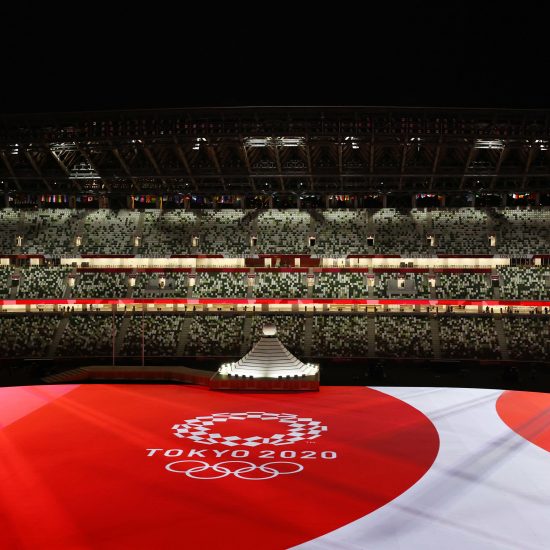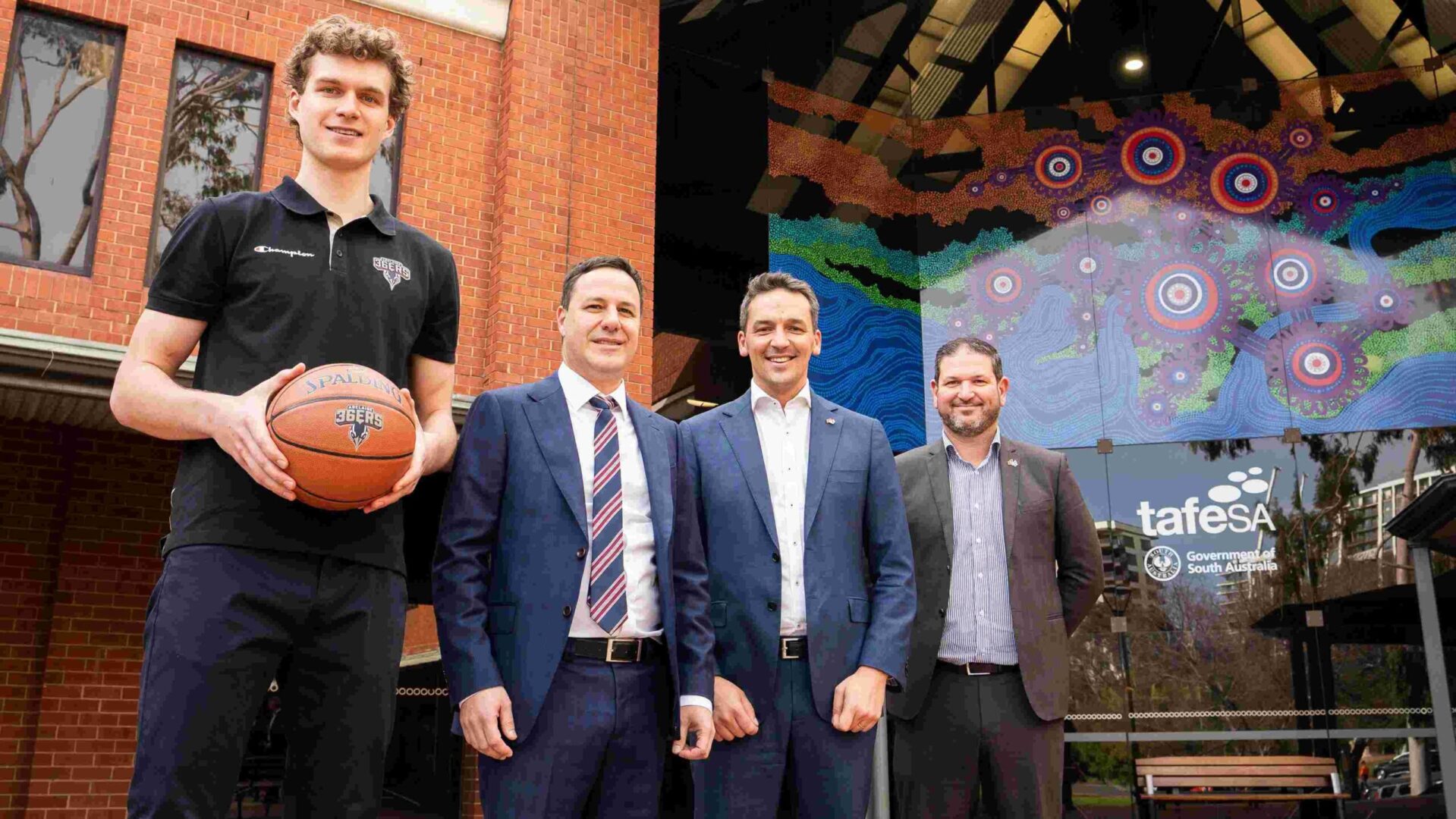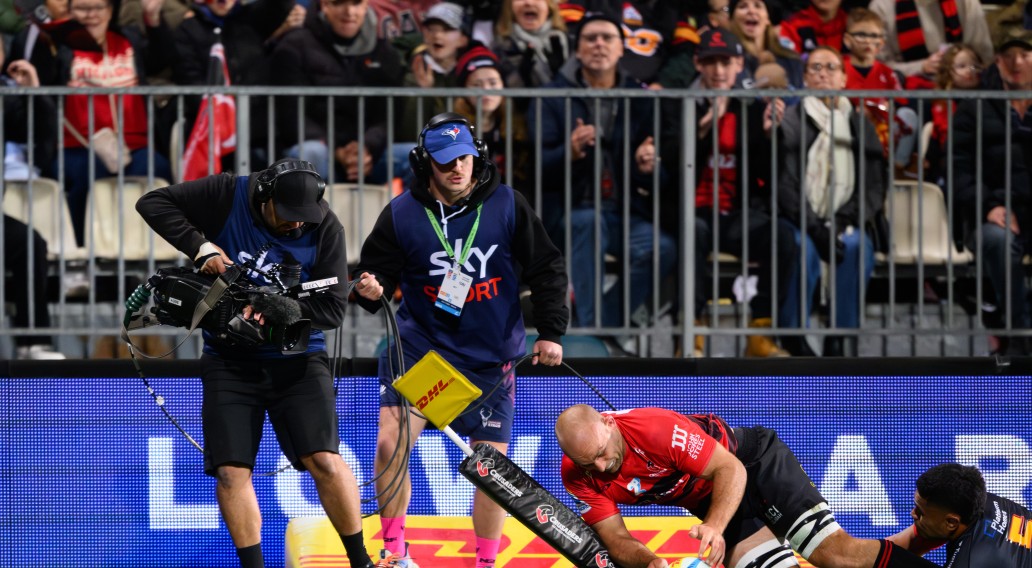[mkdf_dropcaps type=”normal” color=”#f55549″ background_color=””]A[/mkdf_dropcaps]
ccording to the International Olympic Committee’s Television and Marketing Services managing director, Timo Lumme, the absence of spectators from the Tokyo 2020 Olympic Games has had no impact on broadcast figures worldwide.
While the International Olympic Committee (IOC) is still working on the cumulative global audience for Tokyo’s 2020 opening ceremony, Lumme predicts it would be “level with or slightly higher” than for Rio 2016, or around 600 million viewers.
Olympic Broadcasting Services is making 9,500 hours of content available to rights-holding broadcasters and reflects a 30% increase on Rio 2016.
Across the first week of Tokyo 2020, Australia’s average full-day broadcast audience was up 59% in capital cities and 50% nationally from Rio 2016.
From the opening ceremony on Friday 23 July – Friday 30 July, official Olympics broadcaster Seven recorded a free-to-air network share of 60.3%.
Channel Seven alone registered a 41.5% share, while 7mate recorded an 11.8% commercial share, making it the number one multichannel for the Olympic Games.
Seven West Media chief revenue officer and director of the Olympics, Kurt Burnette, said: “The record-breaking reaction from the audience to our exclusive, live and free coverage on Seven and 7plus has surpassed all our expectations.”
“Tokyo 2020 is delivering for our partners and sponsors what we said we would in every aspect, and more,” Burnette said.
During the joint IOC and Tokyo 2020 daily briefing, Lumme flagged the popularity of broadcast coverage among viewers of new additions to the Olympics, skateboarding and surfing.
According to Lumme, viewing figures in different markets have not been hit by the lack of either domestic or international fans on site.
“It has had no effect that we have learnt from our broadcast partners or that we’ve seen in the numbers in [terms of] engagement as a whole but also viewership for the Games whether traditional linear or digital,” Lumme said.
“I think this has also helped by the fact that the broadcast is able to convey a sense of atmosphere from the sports because of the incredible sporting performances and also some of the enhancements like the athlete family moments and getting the fans into the stadium [virtually],” he said.
Some figures Lumme cited at the press conference included:
- 5 million people in Japan watching at least some of the Olympics (as of 1 August);
- The men’s 100m final and badminton singles finals were the most-watched sports events in Chine since the 2018 FIFA World Cup Final;
- India’s opening ceremony audience was six times higher than Rio 2016;
- 56% of Canadians have watched at least some coverage of the Games;
- And close to 750 million streaming minutes in Europe on discovery+ and Eurosport’s subscription services.
Lumme highlighted an average primetime audience of 17 million US viewers per night; however, NBCUniversal has acknowledged a record low US viewership for the opening ceremony with a double-digit percentage rating decline for subsequent nights of the Games.
With a 13-16 hour time difference, the broadcast viewers decline compared to Rio 2016 and London 2012 has forced NBCUniversal to begin providing a series of make-goods to advertisers who were given rating guarantees that will now not be met.
NBCUniversal CEO, Jeff Shell, said: “We had a little bit of bad luck.”
“There was a drumbeat of negativity, [the Games] got moved a year, and [lack of] spectators.
“And that has resulted a little bit in linear ratings being probably less than we expected,” Shell said.







